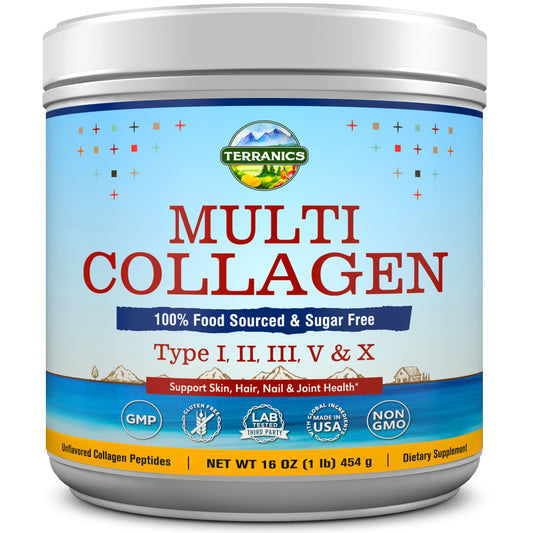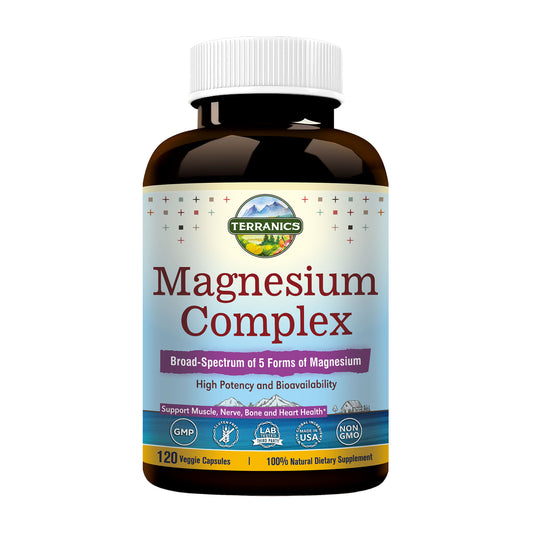
Our bodies have a unique way of communicating with us, often in subtle and sometimes not-so-subtle manners. One such important but often overlooked form of communication is through our stool. Yes, that's right – the appearance, texture, and color of your poop can provide valuable insights into your digestive health and overall well-being.
Understanding the Basics
Before delving into the specifics, it's essential to understand what constitutes a healthy bowel movement. A healthy stool is typically well-formed, smooth, and easy to pass. It should be a medium to dark brown color, shaped like a sausage or a snake, and should not be accompanied by pain or straining during elimination.
What Different Stool Types Mean
- Hard Lumps: If your stool is hard and comes out in separate lumps, it could indicate constipation. Lack of fiber, dehydration, or certain medications could be the culprits.
- Watery or Loose Stools: Diarrhea can be a sign of various issues, such as infections, food intolerances, or even stress. It can lead to dehydration if not managed properly.
- Pencil-Thin Stools: Narrow, pencil-thin stools could suggest an obstruction in the colon and should be investigated promptly.
- Black or Tarry Stools: Stools that are black or tarry could indicate bleeding in the upper digestive tract. This requires immediate medical attention.
- Greasy or Oily Stools: If your stool appears greasy or floats in the toilet bowl, it might signal malabsorption issues, such as pancreatic insufficiency.
- Red Streaks or Blood: Bright red streaks or blood in your stool may indicate bleeding in the lower digestive tract, often from hemorrhoids or small tears.
Factors Affecting Stool Color
- Brown: The normal color of stool is due to bile produced by the liver. Changes in color could be due to diet, medications, or underlying health conditions.
- Green: Green stool might be a result of consuming green-colored foods, rapid transit through the digestive tract, or bile not having enough time to break down.
- Yellow: Yellow stool can indicate excess fat in the stool, which could be due to a malabsorption disorder like celiac disease or gallbladder issues.
- Red: Red stool could be due to the consumption of red-colored foods, but it could also indicate bleeding in the lower digestive tract.
- White or Clay-Colored: Stool that is white or clay-colored could be a sign of a lack of bile, potentially indicating liver or gallbladder issues.
When to Seek Medical Attention
While occasional changes in stool color or consistency are usually normal and may be related to diet or temporary digestive disturbances, persistent or concerning changes should not be ignored. You should seek medical advice if you experience:
- Persistent diarrhea or constipation
- Blood in your stool
- Unexplained weight loss
- Severe abdominal pain
- Changes in stool color that persist
Conclusion
Your stool can reveal a lot about your digestive health, and paying attention to these cues can help you identify potential issues early on. However, remember that individual variations are normal, and factors like diet, hydration, and stress can influence your bowel movements. If you have concerns about your stool or digestive health, it's always best to consult a healthcare professional for personalized advice and guidance.




